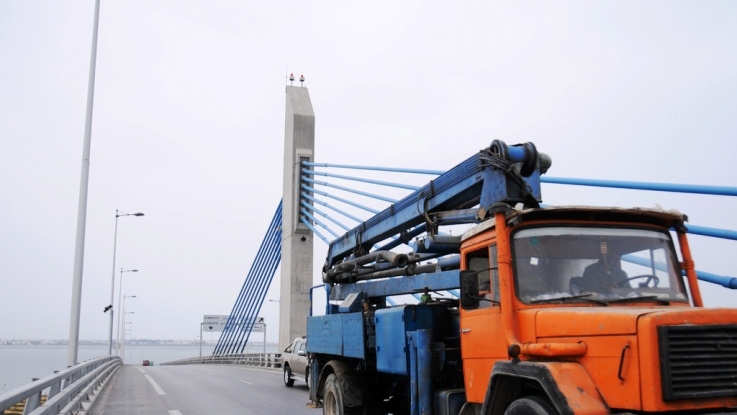Following the phasing out of the MFA (Multi-fiber Agreements) in 2004-2005 and the lowering of EU trade via the Association Agreement (AAEU), Tunisia faced increased competition for its primary export article. Moreover, Tunisian exporters were often subcontractors for large foreign companies rather than arms-length exporters. Export growth had been led almost exclusively by the off-shore garment firms with little linkage to domestic firms. Consequently, Tunisian exporters generally produced relatively simple goods, mainly garments, which could be easily replaced with similar products from lower cost locations. Structural vulnerabilities were exacerbated, since most on-shore firms remained unprepared for international competition arising from Tunisia’s international agreements (AAEU and MFA). Furthermore, weak procedures and institutional structures made trade in Tunisia time-intensive and costly.
Solution
EDP II, building on the lessons and achievements of the First Export Development Project (EDP I), was designed to strengthen market institutions for export development, enhance competitiveness of exporters, and strengthen public-private interaction to administer and promote exports. The focus of EDP II was to improve access to export markets and finance, and enhance the efficiency and performance of trade clearance processes, including customs operations and technical controls, thereby making trade logistics more efficient. The strong capacity of the executing agencies and high level of ownership at the onset of EDPII were key factors in the successful implementation of the project objectives. Strong support from the Tunisian Government (Ministry of Commerce and Ministry of International Cooperation) as well as from World Bank management was also a contributing factor to the success of the project.
Results
EDP II was one of the first projects within the Bank to use a large-scale matching grant scheme (the Export Market Access Fund – EMAF) to promote export development. Today there are 80 export consultants providing such services, according to qualitative interviews with project managers. The 2011 impact evaluation found that employment in EMAF firms grew annually by 5.5 % in 2004-2008 and by 4.6 % for firms in the control grou
- Total exports generated – The project achieved 84% of this target (from 0 baseline to US$665 million)
- Maximum clearance time for movements of goods (in days) – The project achieved 83% of this target (from 8.1 to 3 days)
- Processing of technical control requests was reduced from 11 days in 2005 to 2 days in 2012.
- Reduced time for processing of technical control requests for goods re-Exported was reduced from 11 days in 2005 to 3 hours in 2012
- Processing time of customs declarations was reduced from 3.6 days in 2005 to 15 minutes in 2012.
- Number of export and professional associations assisted by EMAF – The project exceeded target values by 133%. (original targets: 40 against 93 achieved)
- Number of firms assisted through EMAF – exceeded initial target values of number of firms assisted by 146% (from 500 to 1,239)
- Additional exports by firms supported by EMAF– EDP II exceeded its target by 4% or US$16.8 million in exports (US$550 million realized versus US$528 million planned).
Bank Group Contribution
The World Bank was the sole financier and provided financing for US$44.9 million, although the project benefitted from a Japan Policy and Human Resources Development Fund (PHRD) grant during preparation, in an amount of US$ 498,250.
Moving Forward
The impact evaluations of the project are well referenced around the world and act as important documents for policy debate on export competitiveness. Many firms continue to ask for associated technical assistance after project closure. The project led to the development of a commercial consulting industry for export assistance. The Competitiveness and Export Development Project (P132381) is currently being prepared and seeks to deepen progress made within specific components as well as address deficiencies in continuity and project design. The project was replicated in Laos’ Customs Modernization Project and in Cambodia’s Trade Facilitation Project. Other components, notably customs reform, have been replicated in other Bank-financed projects, in Vietnam for example.
Beneficiaries
The main beneficiaries were private-sector firms and trade associations as well as Government ministries and agencies involved in the Tunisian trading system. Beneficiaries also included Government agencies: the Tunisian Standards and Intellectual Property Institute (INNORPI), the Tunisian Ministry of Commerce, and the Tunisian Customs Agency. Although women may have benefited through additional job opportunities and increased income from expanding exporting firms and an improved overall trading environment, gender disaggregated indicators were not included as part of the M&E framework of the project. All Government institutions involved in the project stated in qualitative interviews that they are far more aware of the importance of export promotion to overall economic development.

